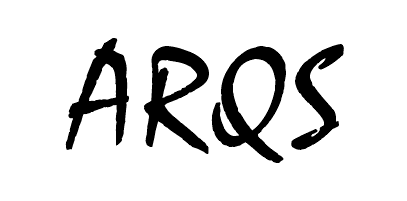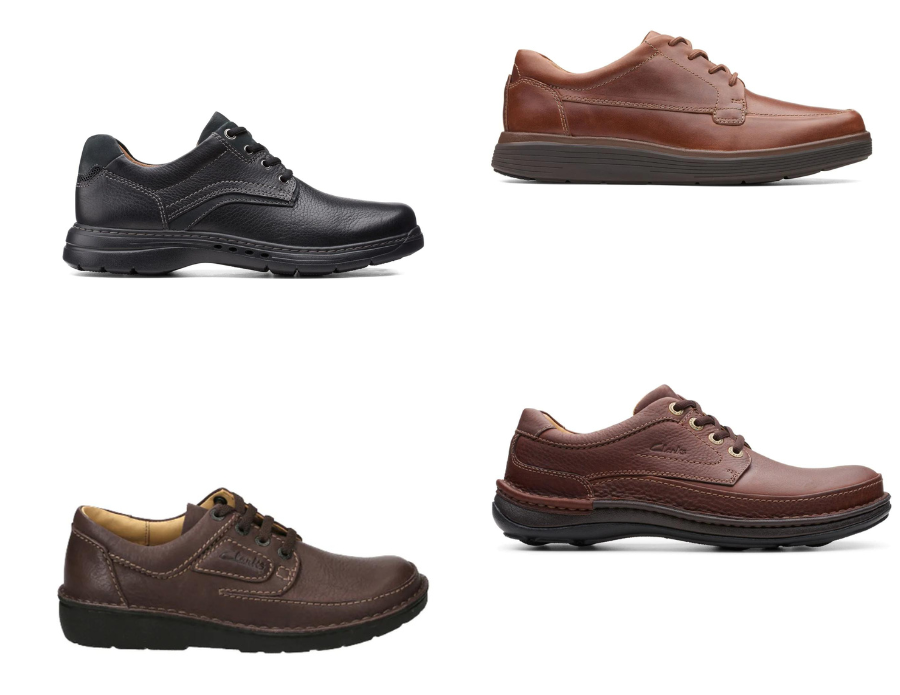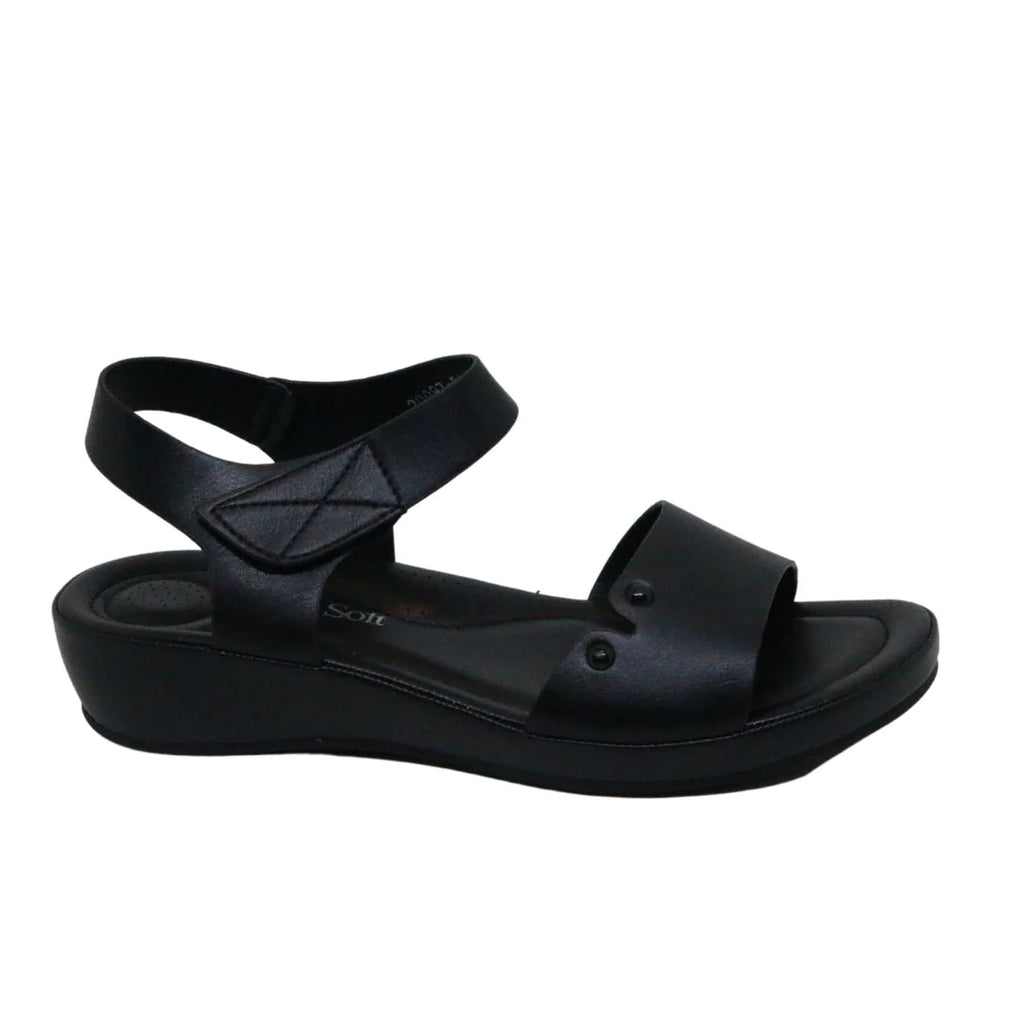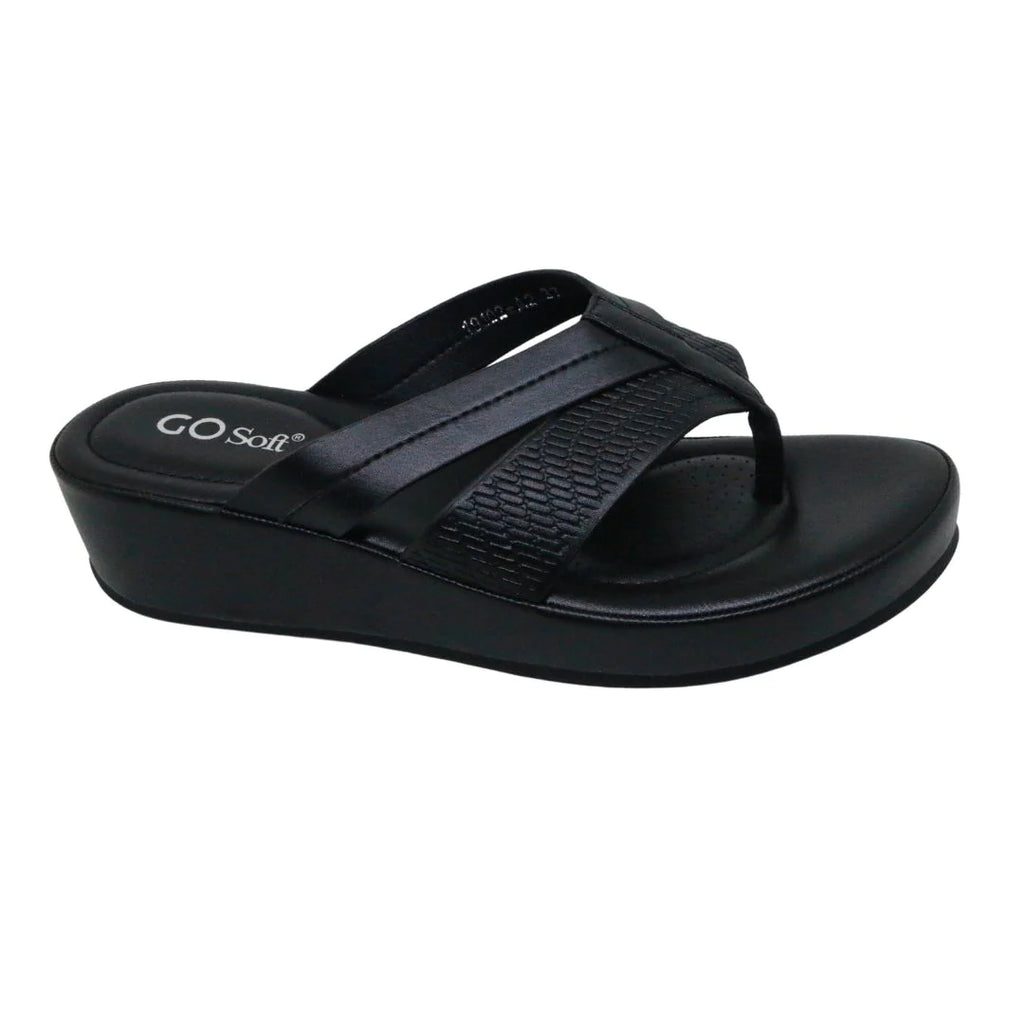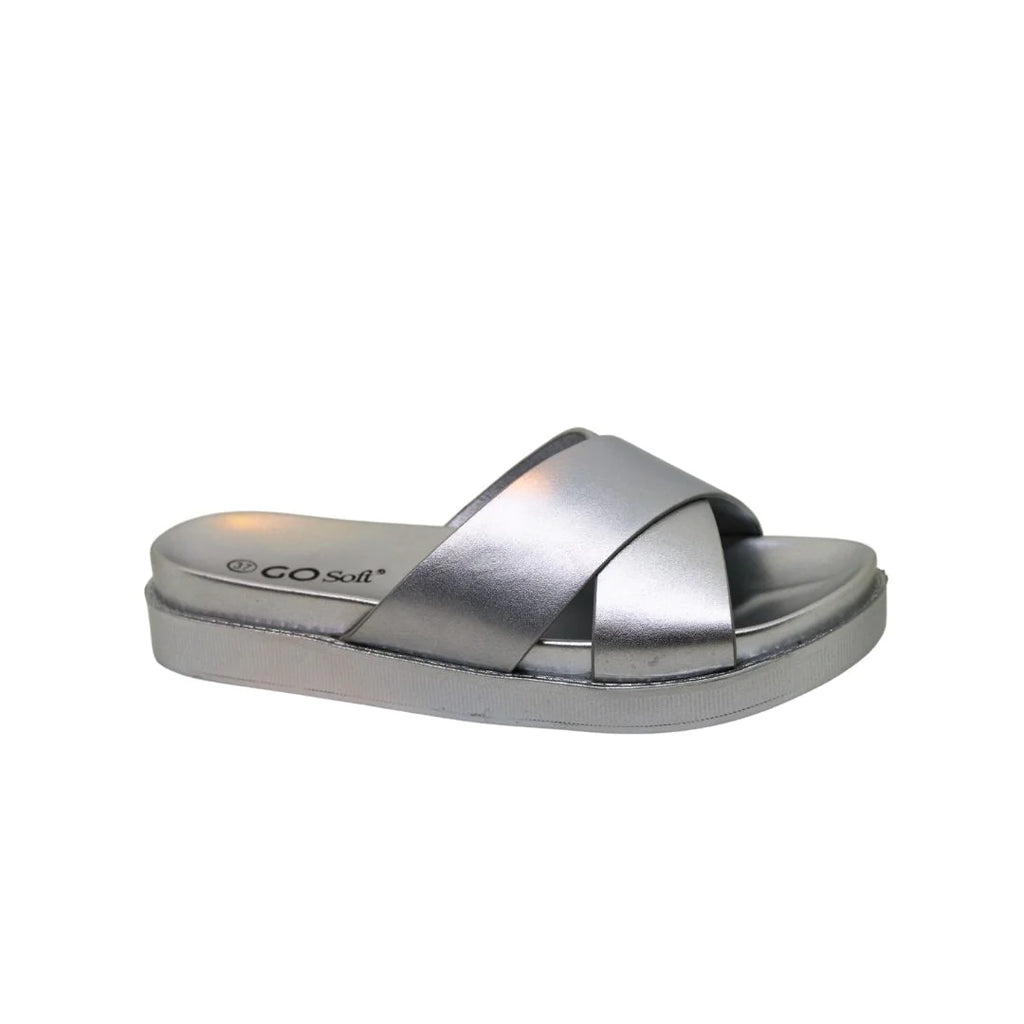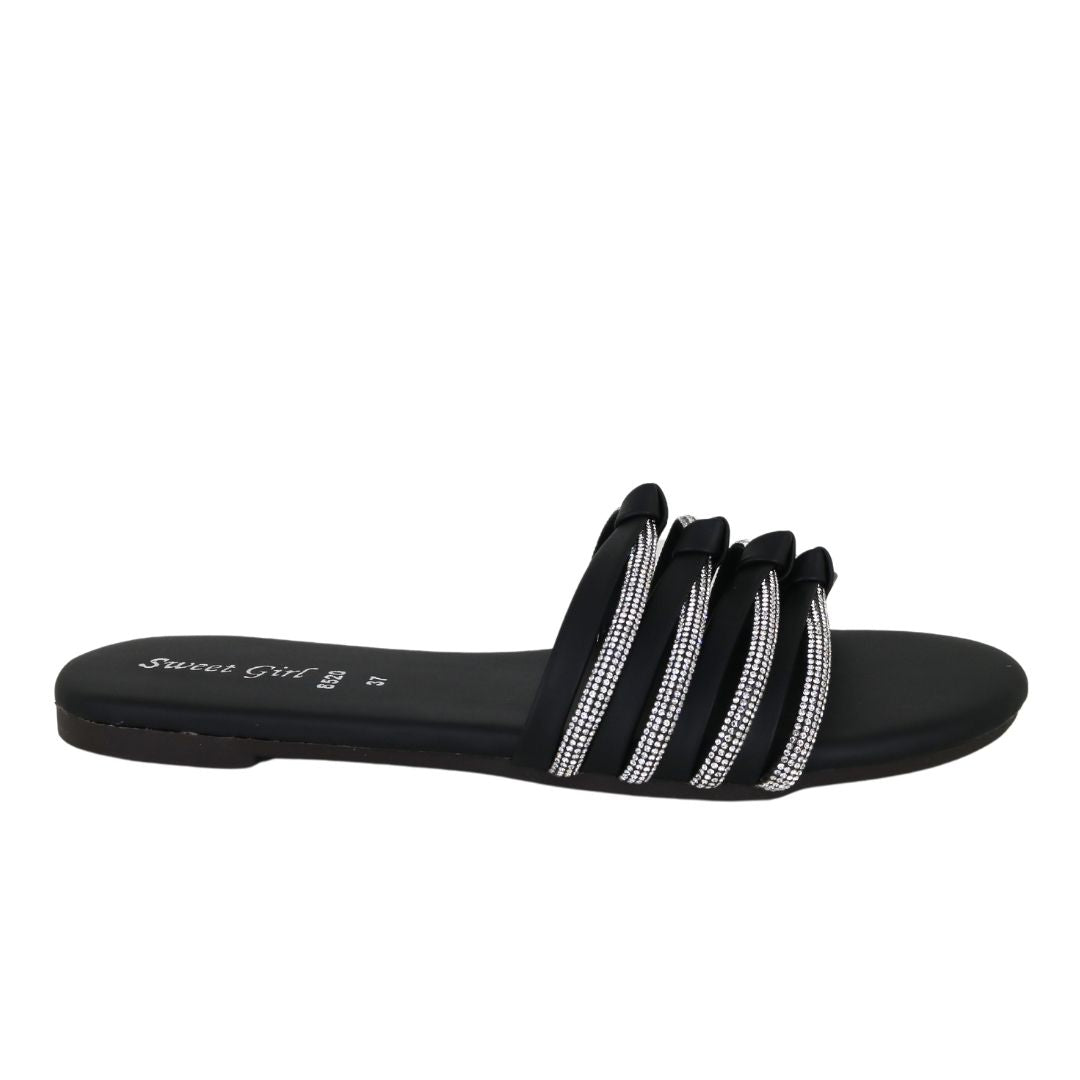
FOOTWEAR ADVICE: CHARACTERISTICS OF GOOD SHOES

Comfort: Good shoes should be comfortable to wear for long periods of time and should not cause discomfort, pain or blisters.
Support: Shoes should provide adequate support to the feet, especially for those who engage in physical activities such as running or walking.
Durability: Good shoes should be made with high-quality materials that are designed to last and can withstand daily wear and tear.
Proper fit: Shoes should fit well and not be too tight or too loose. A proper fit will prevent discomfort and reduce the risk of injury.
Traction: Shoes should provide good traction on a variety of surfaces to prevent slips and falls.
Breathability: Good shoes should allow air to circulate and keep feet dry, which will help prevent blisters and foot odor.
Style: Shoes should be aesthetically pleasing and match an individual's personal style and fashion preferences.
Comfort
Comfort is a crucial characteristic of good shoes. Good shoes should be comfortable to wear for extended periods of time and should not cause discomfort, pain, or blisters. The shoes should fit well and provide adequate support to the feet, which will prevent fatigue and reduce the risk of injury. The insole and upper should be soft and cushioned to provide a comfortable fit, and the shoes should be lightweight and flexible to allow for natural movement. Breathable materials, such as mesh or leather, can also help keep feet cool and dry.
Support
Support is a critical characteristic of good shoes. Shoes should provide adequate support to the feet, especially for those who engage in physical activities such as running or walking. Shoes should have a well-cushioned sole that absorbs shock and reduces the impact on the feet, legs, and back. High quality shoes should also have a sturdy, supportive upper that fits well and helps to keep the foot in place. Arch support is also important for people with flat feet or high arches, as it helps to distribute weight evenly and prevent injury. Shoes with good support can also help to prevent overuse injuries, such as plantar fasciitis, and provide greater stability and balance.
Durability
Durability is an important characteristic of good shoes. Shoes should be made with high-quality materials that are designed to last and can withstand daily wear and tear. The sole of the shoes should be made of durable materials that will not easily wear down or break down, and the upper should be constructed using materials that are resistant to abrasion and tears. Good shoes should also have a sturdy construction that will prevent the shoes from falling apart, even after extensive use. Durable shoes will not only last longer but also provide better value for money as they do not need to be replaced as frequently as low-quality shoes.
Proper fit
Proper fit is a crucial characteristic of good shoes. Shoes should fit well and not be too tight or too loose. A proper fit will prevent discomfort, reduce the risk of injury, and enhance the overall comfort and performance of the shoes. Shoes should be measured and tried on at the end of the day, when feet are their largest, and should be snug but not tight. The heel should fit snugly, and there should be enough room in the toe box to allow for natural movement and to prevent toes from rubbing against the front of the shoe. Shoes that fit well will provide better support, stability, and balance and will allow for more natural and efficient movement.
Traction
Traction is an important characteristic of good shoes. Shoes should provide good traction on a variety of surfaces to prevent slips and falls. Shoes with good traction will have soles made of materials that provide a strong grip on both wet and dry surfaces, such as rubber or a specialized traction material. Good traction is particularly important for shoes that will be used for physical activities, such as running or hiking, as it helps to prevent injuries and improve performance. Shoes with poor traction can be hazardous, as they can increase the risk of slips, falls, and injuries. It is important to choose shoes with good traction that are appropriate for the type of activities they will be used for.
Breathability
Breathability is an important characteristic of good shoes. Shoes should allow air to circulate and keep feet dry, which will help prevent blisters and foot odor. Breathable materials, such as mesh or leather, allow for better air circulation and keep feet cool and dry. Shoes with poor breathability can lead to foot discomfort and can be particularly problematic for individuals who engage in physical activities or for those who live in warm climates. Breathable shoes will provide a more comfortable and hygienic environment for feet, reducing the risk of blisters and other foot conditions. Good shoes should also have a well-designed insole and lining that will help to wick away moisture, keeping feet dry and comfortable.
Style
Style is a subjective characteristic of good shoes, as personal taste and preference will play a role in determining the style of shoes that are considered "good." However, style can also refer to the design and aesthetic of the shoes, and good shoes should have a well-designed, aesthetically pleasing appearance. Shoes should also be appropriate for the occasion or activity they will be used for, whether it be a formal event or casual everyday wear. Shoes that are stylish and appropriate for the occasion will enhance the overall look and appearance of the wearer. It is important to choose shoes that not only fit well and provide good comfort, support, and performance, but also match personal style preferences and the occasion for which they will be used.
